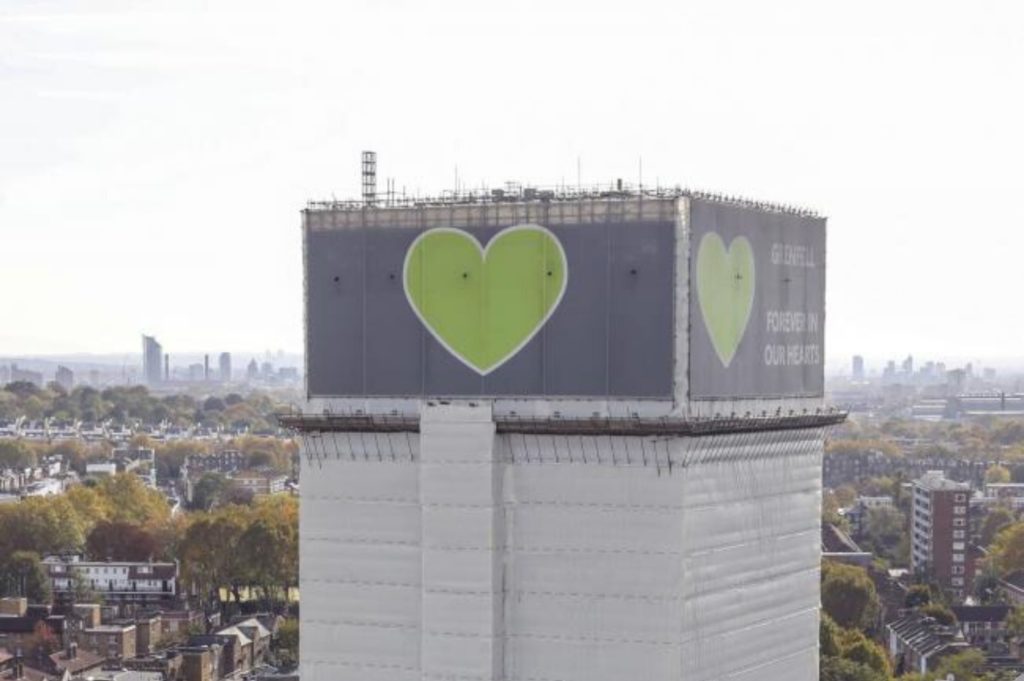(This article is taken from the ‘The Planner’ Dated 7th April 2020.)
Late last week, housing secretary Robert Jenrick announced a series of measures comprising what he called ‘the biggest change in building safety for a generation” to building safety systems.
Jenrick said the measures include mandatory sprinkler systems and consistent wayfinding signage in all new high-rise blocks of flats over 11 metres tall/three storeys in height – dramatically reducing the height at which such systems are required.
The reforms are designed to incentivise compliance and better enable the use of enforcement powers and sanctions – including prosecution where the rules are not followed.
The housing secretary will also hold a round table with mortgage lenders to work on an approach to mortgage valuations for properties in buildings under 18 metres tall, with the aim of providing certainty for owners affected by building safety work.
He said: “The government is bringing about the biggest change in building safety for a generation. We have made a major step towards this by publishing our response to the Building a Safer Future consultation. This new regime will put residents’ safety at its heart and follows the announcement of the unprecedented £1 billion fund for removing unsafe cladding from high-rise buildings in the Budget.
“We are also announcing that the housing industry is designing a website so lenders and leaseholders can access the information needed to proceed with sales and re-mortgaging, and the government stands ready to help to ensure this work is completed at pace.
“Building safety is a priority and the government is supporting industry in ensuring homes are safe at this difficult time.”
These new measures build on a series of recent declarations:
- An announcement in The Budget of £1 billion of funding in 2020/21 to support the remediation of unsafe non-ACM cladding materials on high-rise buildings. This is in addition to the £600 million already available for remediation of high-rise buildings with unsafe ACM cladding.
- The proposed naming of building owners who have been slow to act in removing unsafe ACM cladding.
- Introduction of the fire safety bill, which constitutes a step further in delivering the recommendations of the Grenfell Inquiry’s phase one report.
The latest non-ACM (aluminium composite material) cladding testing results have also been published. They show that none of the materials, including high-pressure laminate (HPL) and timber cladding, behaved in the same way as ACM. The government is making it clear that any unsafe materials should be removed from buildings quickly. External wall systems on high-rise buildings using class C or D HPL panels are unsafe and should be removed, as they do not comply with building regulations.
We welcome these measures to improve tall building safety and they should ensure (once implemented) that external cladding will never again pose a threat to occupiers. The introduction of sprinklers should also reduce the incidence of fire within individual flats, particularly caused by white goods (the source of the Grenfell fire), and the proposed introduction of clear way marking, will provide residents with a clear route for escape if smoke becomes a problem or if there is a power cut.
Jonathan Jenkin, Consultant, Planning & Design Practice Ltd



